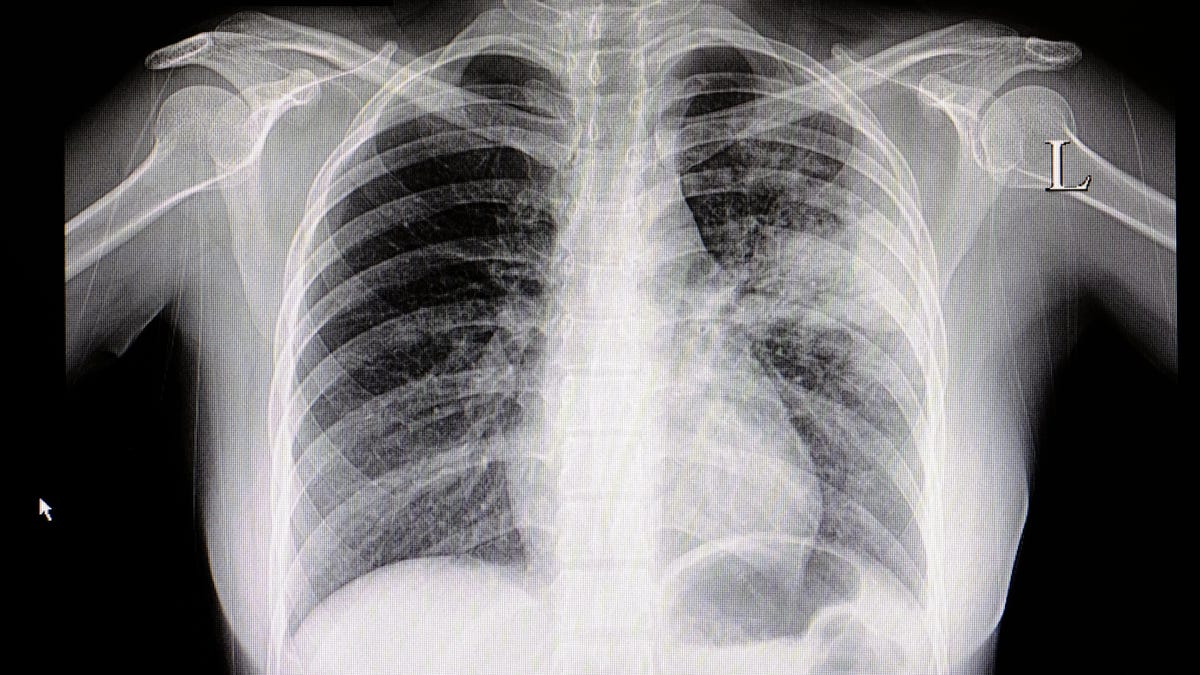
An unusual surge of respiratory illness has been plaguing China in recent months, with increased cases of pneumonia affecting children in particular. Despite some early confusion, however, local health officials say these cases are not being caused by a novel germ. Instead, the surge is likely tied to a mix of known respiratory diseases such as influenza and RSV that are hitting harder than normal due to reduced population immunity in the area.
News of the strange cluster first spread widely last week, following local media reports shared on ProMED, an email-based surveillance system of unusual health events run by the International Society for Infectious Diseases, on November 21. The alert specifically referred to the cases as a possible epidemic of undiagnosed pneumonia (lung inflammation) among children living in Beijing, Liaoning, and other parts of Northern China. In some areas, childrens’ hospitals were reportedly overwhelmed with cases.
The wording undoubtedly set off flashbacks for some people. Almost four years ago, in late December 2019, the first reports of what eventually became known as covid-19 were similarly shared and described as cases of undiagnosed pneumonia in Wuhan, China on ProMED. Adding to the dread this time around was a lack of detailed information about the cases and their suspected cause in these initial reports.
Two days after the ProMED alert, though, the World Health Organization issued its own clarifying statement on the cluster. The WHO had first noticed a possible increase of respiratory illness cases in the area dating back to mid-October 2022, based on Chinese surveillance systems. A week before the alert, China’s National Health Commission reported on the cluster, with experts attributing the rise to the lifting of covid-related restrictions and the larger-than-usual resurgence of several known diseases this winter, including flu, RSV, covid-19, and the bacteria Mycoplasma pneumoniae.
The WHO also reportedly held a teleconference with Chinese health authorities on November 23, during which officials shared data on the outbreaks. According to the public health agency, officials have not detected any unusual or novel pathogens, nor unusual clinical presentations, among these cases. Moreover, the rise has reportedly not caused hospitals in general to become overtaxed with patients.
“Some of these increases are earlier in the season than historically experienced, but not unexpected given the lifting of COVID-19 restrictions, as similarly experienced in other countries,” said the WHO in its statement.
Countries all over the world, including the U.S, have indeed experienced atypically sized or timed waves of common infectious diseases in recent years. These waves seem to be the result of a rebound in a population’s vulnerability to these diseases. During the early years of the pandemic, widespread community interventions meant to reduce the spread of covid-19 also led to the reduced circulation of many germs. While this might have been a blessing at the time, it also resulted in a greater pool of people susceptible to these germs than usual. So once these interventions faded away, these diseases could then spread faster and wider than before, at least for a time. China, however, held onto strict restrictions much longer than other countries, likely explaining the timing of these cases now.
Some people have speculated that covid-19 might also be playing a role in these outbreaks by weakening people’s immune systems. But many experts have disputed this theory, and several studies have failed to find evidence that covid-19 causes long-term damaging effects on immune function in general (it might do so in severe acute cases and/or in those who develop long covid, however). Diseases like RSV have returned to cause trouble this winter in the U.S., but likely not to the same large degree as last year, further supporting the idea that these spikes are a self-limited phenomenon.
All that said, the WHO says it is continuing to monitor the situation in China. And it’s still prudent to do what we can to limit the spread of respiratory germs, especially during ongoing peaks of illness. These steps can include getting vaccinated or boosted for the flu, covid-19, and possibly RSV (if you’re eligible for it), staying home if you’re sick, wearing masks, washing your hands regularly, and ensuring good ventilation indoors.






